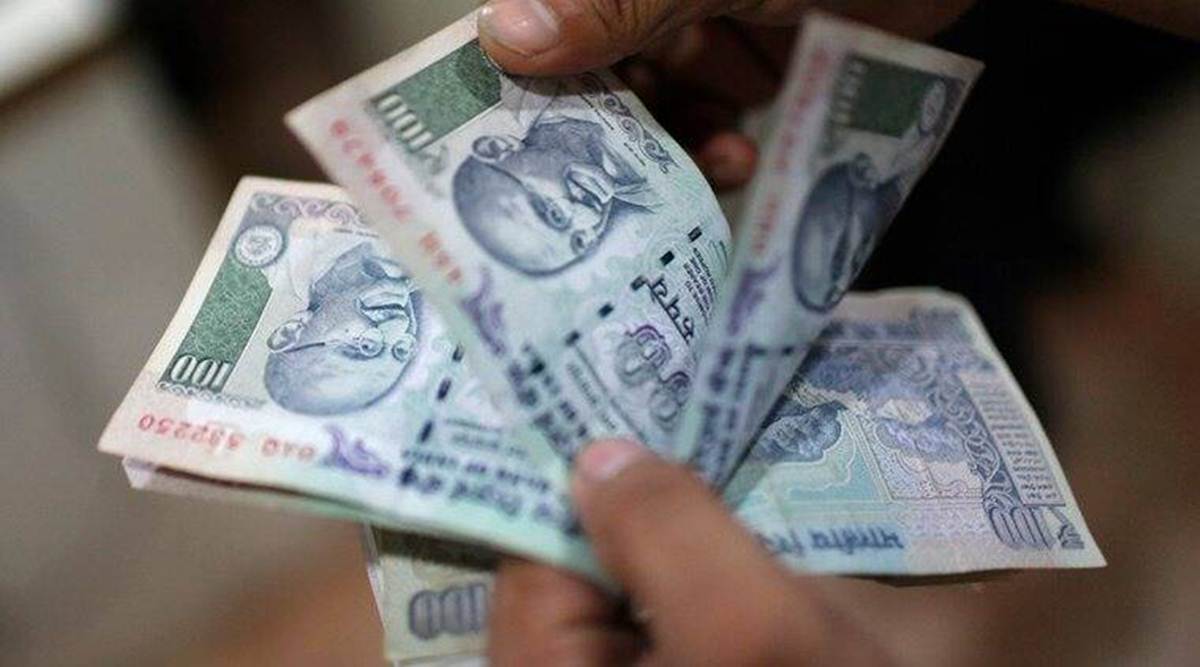 Interest rates for small savings schemes are notified on a quarterly basis.
Interest rates for small savings schemes are notified on a quarterly basis. THE GOVERNMENT ON Wednesday cut interest rates on various small savings schemes sharply by 40-110 basis points. The revised rates will come into effect from April 1 and remain in effect till June 30.
Small saving rates are linked to yields on benchmark government bonds, which have fallen over the last one year as the Reserve Bank of India cut rates to support the economy. The interest rate on savings deposits has been reduced to 3.5 per cent from 4 per cent for the first quarter of 2021-22.
Among the most popular fixed income products, Public Provident Fund (PPF) will now fetch a rate of 6.4 per cent, down from 7.1 per cent earlier. National Savings Certificate (NSC) will now yield 5.9 per cent, down from 6.8 per cent earlier while rates on the girl child savings scheme Sukanya Samriddhi Yojana will fall to 6.9 per cent from 7.6 per cent earlier.
Rates on time deposits have also been slashed significantly. One-year time deposit rates have seen the steepest cut of 110 basis points to 4.4 per cent from 5.5 per cent. The rates on two, three and five year time deposits have also been reduced by 40-90 basis points, as per the new rates notified by the finance ministry.

The reduction in small savings rates comes amidst inflation inching up in recent months. Latest retail inflation data released by the government showed the headline number rising to a three-month high of 5.03 per cent in February from a 16-month low of 4.06 per cent in January.
In light of this, some of the small savings products may not yield much in terms of real interest rates, which a saver receives after adjusting for inflation.
Senior Citizen Savings Schemes interest rates have been reduced to 6.5 per cent from 7.4 per cent, while rates on Kisan Vikas Patra has been reduced to 6.2 per cent from 6.9 per cent earlier.
Blow to savers
While the lowering of interest rates will help the government reduce costs, they will hurt investors, particularly senior citizens and the middle-class. With banks too reducing rates on fixed deposits, income avenues have shrunk for small investors.
Interest rates on small savings schemes are reset on a quarterly basis, in line with the movement in benchmark government bonds of similar maturity.
The yield on 10-year government security, for instance, has dropped from around 6.8 per cent in April 2020 to around 6.1 per cent now. For the past one year, rates have ranged between 5.7 per cent and 6 per cent. The rates on five-year recurring deposits have been slashed by 50 basis points to 5.3 per cent.
The fall in small savings rate comes in the backdrop of a similar reduction in overall deposit rates by commercial banks. During March 2020 through February 2021, the Medium-Term Deposit Rates fell by 144 basis points, as per the latest data from the Reserve Bank of India.
Similarly, the weighted average lending rate on fresh rupee loans sanctioned by scheduled commercial banks have witnessed a drop of 112 basis points since March 2020. The in deposit rates have, however, been faster when compared with lending rates.
For the April-June quarter in 2020, the finance ministry had cut interest rates on small savings schemes by up to 140 basis points. They have been kept steady for the last three quarters.
Small savings have emerged as a key source of financing the government deficit, especially after the Covid-19 pandemic led to a ballooning of the government deficit, necessitating higher need for borrowings. In the 2020-21 Revised Estimates, the government estimated it would raise Rs 4.8 lakh crore through small savings, against the budget estimates of Rs 2.4 lakh crore. In 2021-22, borrowings through small savings have been pegged at Rs 3.91 lakh crore.
- The Indian Express website has been rated GREEN for its credibility and trustworthiness by Newsguard, a global service that rates news sources for their journalistic standards.

